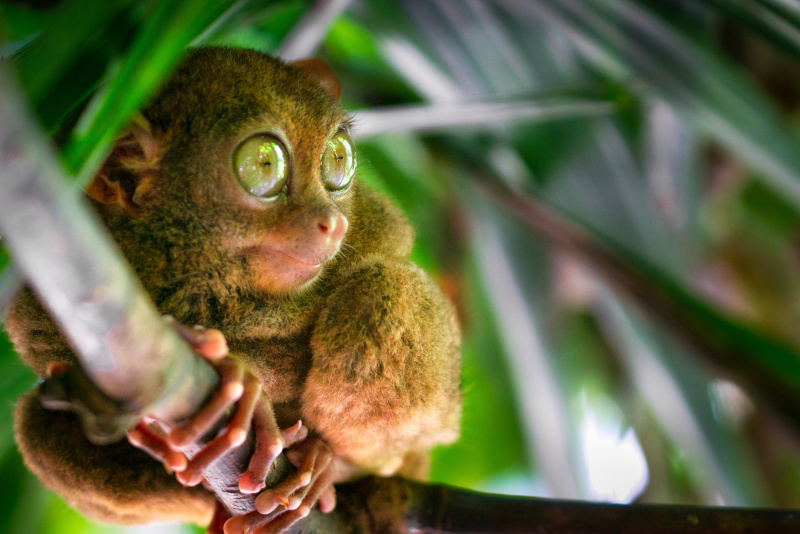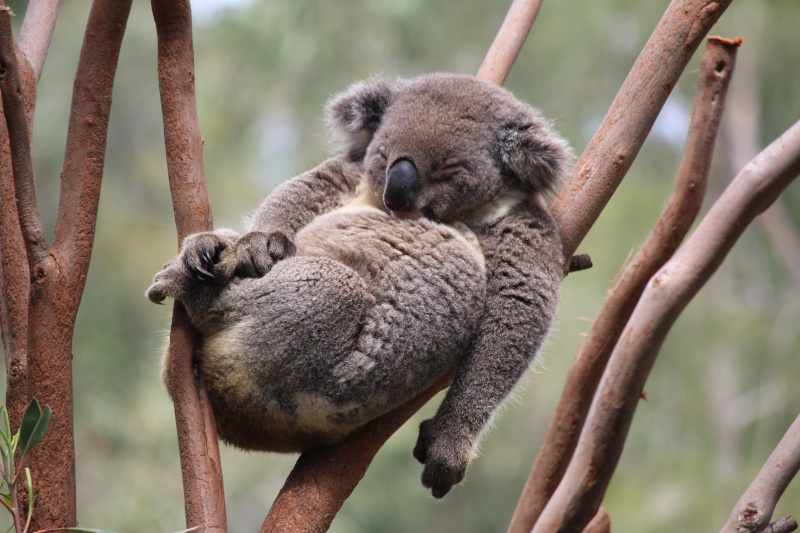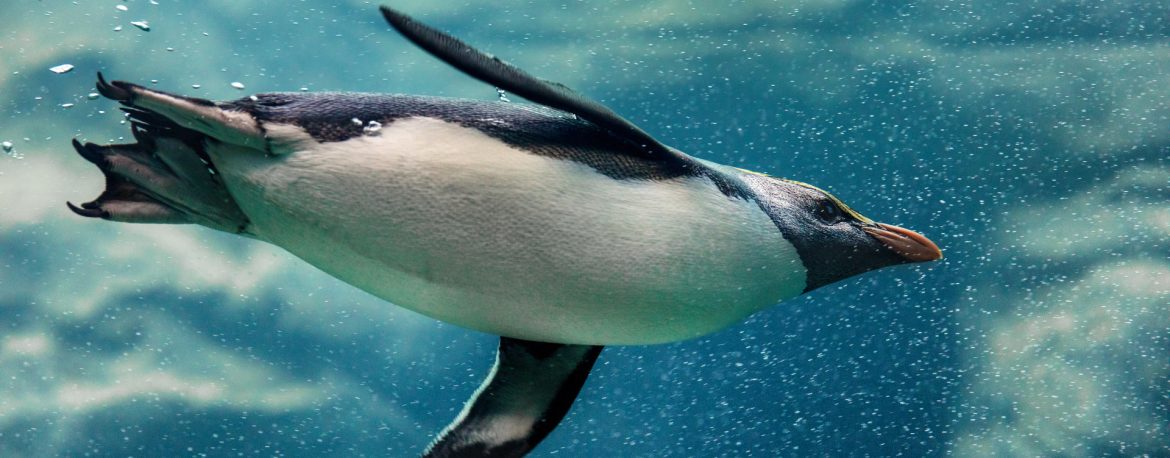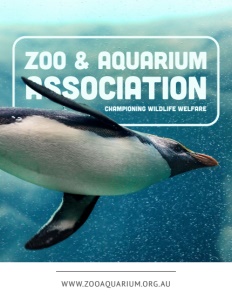The Zoo and Aquarium Association (ZAA)
Championing Wildlife Welfare
Offering the direction and guidance needed to ensure quality animal conservation efforts
The Zoo and Aquarium Association (ZAA), a unique entity in wildlife conservation and animal welfare, was established in 1990. Originally known as the Regional Animal Species Project (RASP), it transformed in 2010, rebranding as the ZAA to better align with its mission and scope. By 2012, the association’s impact was further solidified with the introduction of the Wildlife Conservation Fund, which bolstered its ability to support conservation initiatives.
Elaine Bensted, President, and Nicola Craddock, Executive Director, provide insights into the ZAA’s founding, mission, and evolving role, highlighting its significant impact over the past three decades. The association serves as a formal network for zoos and aquariums across Australasia, fostering collaboration and ensuring high animal welfare and conservation standards.
A dynamic vision
The ZAA’s mission is tightly intertwined with its strategic goals, updated every three to five years. The current vision, “Positive outcomes for wildlife and people,” drives the association’s activities. Bensted emphasizes that “it is really about creating a network for doing amazing conservation work, but it’s also ensuring high animal welfare standards.” The ZAA accredits its members based on rigorous animal welfare standards, setting globally recognized benchmarks.
Craddock adds that since 2013, the association has formally incorporated positive animal welfare into its accreditation program, using the five domains of animal welfare, a science-based assessment methodology. The approach has made ZAA a pioneer, being the first region worldwide to adopt such a comprehensive welfare assessment program. The model has influenced global practices and underpins all of ZAA’s operations.
Growth and membership
Over the years, ZAA’s membership has grown steadily, encompassing around 100 organizations, including the region’s significant zoos, aquariums, and wildlife parks. Bensted notes, “It is stable. I think all the larger zoos, aquariums, and wildlife parks in the region are members.” Membership in the ZAA is often a prerequisite for participating in government breeding and recovery programs, reflecting the association’s stringent accreditation standards.
The devastating bushfires of 2019-20 highlighted the importance of ZAA membership. The federal government allocated funding to assist recovery efforts, knowing that ZAA members had robust biosecurity measures, excellent animal welfare standards, and high-quality veterinary care. The assurance facilitated critical recovery work for the affected native wildlife.

Member communication and engagement
Effective communication with members is crucial for the ZAA. The association employs various channels, including newsletters, social media, webinars, and annual conferences. Craddock elaborates, “We have a good network of committees for standards and accreditation, conservation, animal management, and ethics.” These committees and the board facilitate continuous dialogue and information sharing among members.
Key programs
The ZAA’s accreditation program is a cornerstone of its efforts, ensuring members maintain exceptional animal welfare standards. The association collaborates with governments, NGOs, and animal welfare organizations like World Animal Protection and RSPCA to promote its accreditation framework and positive animal welfare practices.
Community research is vital in gauging public understanding and support for the ZAA’s initiatives. The feedback informs the association’s strategies and helps educate the community about conservation and sustainability.
Bensted highlights the global impact of ZAA’s conservation programs: “Just recently, we had the first ever born Mabayimi wren, a tiny little bird extinct in South Australia now, and there’s a small group left in Victoria. They’ve never been held in captivity until last year.” Such achievements highlight the association’s commitment to reversing the decline of endangered species.
The future of zoos and aquariums
Looking ahead, the ZAA aims to continue its critical conservation work and further enhance animal welfare standards. Craddock states, “Any species recovery or conservation work takes years. It’s a multi-decade project meant to make a real impact.”
The association’s membership reaches around 22 million people annually, providing a powerful platform to educate the public about conservation and sustainable practices.
Bensted envisions an ongoing role for zoos and aquariums in promoting environmental stewardship: “While they’re here, they can learn so much, whether about the threatened species or environmental things like single-use plastics or sustainable palm oil. We can provide input to the community in an educational sense.”
Partnerships and collaboration
Partnerships are integral to the ZAA’s success. The association collaborates with corporate members, conservation NGOs, and government agencies to support animal welfare and conservation programs.
During the COVID-19 pandemic, these relationships proved invaluable. Bensted recalls, “It was the first time there was a joint announcement when we got some additional funding support for our ZAA members.” The funding was fundamental for zoos and aquariums, which continued to incur significant costs even while closed to visitors.
Exciting developments
The ZAA has ambitious plans for the coming year, including launching a new accreditation cycle with heightened benchmarks for positive animal welfare. This initiative aims to exceed government regulatory standards, further elevating the care and management of animals within member organizations.
2024 also marks the first-ever World Species Congress, a 24-hour online event focused on conservation. The congress will bring together zoos, aquariums, botanic gardens, academia, and government bodies to highlight successful conservation efforts and identify areas needing further attention.
Additionally, the World Association Conference will be held in Sydney in November, welcoming organizations from around the globe to discuss advancements and challenges in zoo and aquarium management.
Conservation legacy
Bensted’s dual role as President of ZAA and Chief Executive of Zoos South Australia underscores the practical application of the association’s principles. She explains, “At Adelaide Zoo, we conduct a wild show featuring some of our native animals, and part of the message, developed in collaboration with ZAA, focuses on responsible cat ownership. We don’t seek to demonize cats, but they can significantly harm native wildlife. So, we educate people on maintaining a safe environment for their cats and local wildlife by advising them to keep their cats indoors at night. It’s beneficial for both the cats and the wildlife.”
The practical, community-oriented approach exemplifies the ZAA’s broader strategy of leveraging its extensive reach to promote conservation and sustainable practices. The association’s influence extends beyond Australasia, contributing to global standards and practices in animal welfare and conservation.

The role of zoos and aquariums in society
The evolution of zoos and aquariums in society is a testament to the ZAA’s vision and leadership. Craddock notes, “We can speak to the community about pro-conservation behavior, to educate them around the species and better sustainability practices.” The educational role is necessary in fostering a deeper understanding and commitment to conservation among the public.
The ZAA’s emphasis on positive animal welfare and rigorous accreditation process ensures that member organizations meet and exceed standards. The dedication to high standards has positioned ZAA as a global leader in animal welfare and conservation.
Challenges and opportunities
Despite its successes, the ZAA faces ongoing challenges in species conservation and animal welfare. The threat of extinction for many native species in Australia and New Zealand remains a pressing concern. Bensted points out, “Sadly, Australia’s got a shocking record of extinctions of native species.”
However, the challenges also present opportunities for innovation and collaboration. The ZAA’s network of members, partnerships with government and NGOs, and commitment to science-based practices provide a strong foundation for addressing these issues. The association’s role in facilitating breeding and recovery programs, both locally and globally, is critical in reversing the decline of endangered species.
A bright future
As the ZAA looks to the future, its focus on positive animal welfare, conservation, and education remains unwavering. The upcoming World Species Congress and World Association Conference are just two examples of how the association continues to lead and innovate in the field.
Bensted and Craddock’s leadership and vision drive the ZAA’s mission forward. Their commitment to fostering collaboration, promoting high animal welfare standards, and engaging with the community underscores the association’s vital role in conservation.
The ZAA profoundly impacts wildlife preservation and public awareness through its rigorous accreditation programs, extensive partnerships, and dedication to education and community engagement. As it looks to the future, the association remains dedicated to achieving positive outcomes for wildlife and people, ensuring that zoos and aquariums play a crucial role in global conservation efforts.
“All things are interconnected, and this synergy will continue to propel us forward in our mission to achieve positive outcomes for wildlife and people,” Craddock concludes.
AT A GLANCE
The Zoo and Aquarium Association (ZAA)
What: A professional body representing Australasia’s zoo and aquarium community dedicated to promoting and advancing the highest animal welfare, conservation, and education standards.
Where: Australia and New Zealand
Website: https://zooaquarium.org.au/




 This information will never be shared to third parties
This information will never be shared to third parties